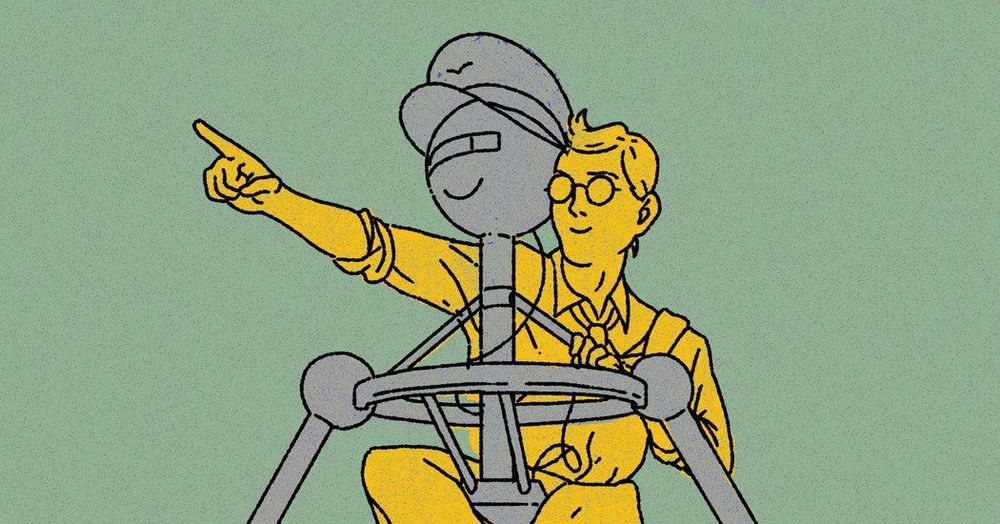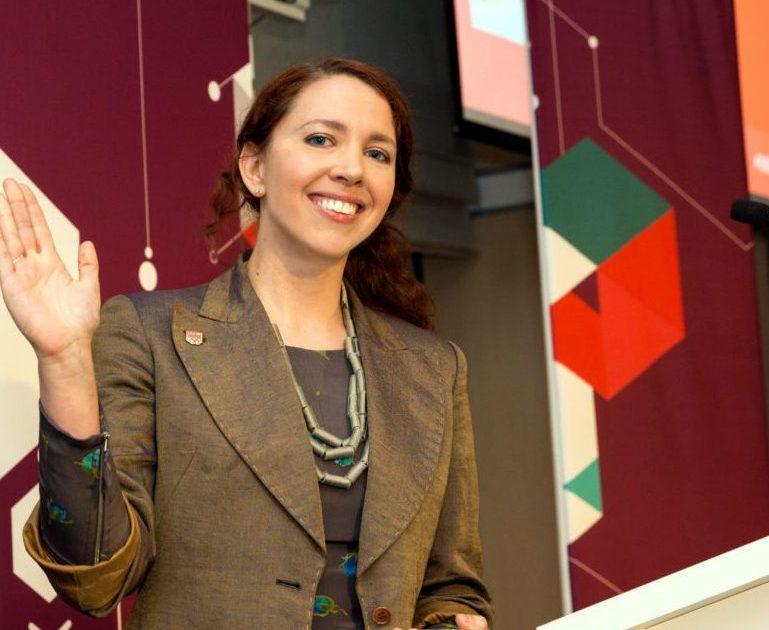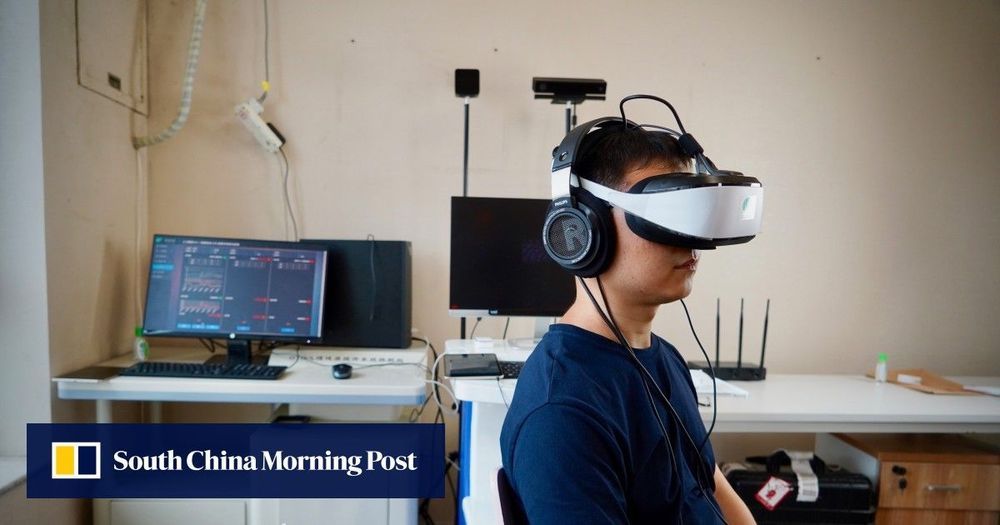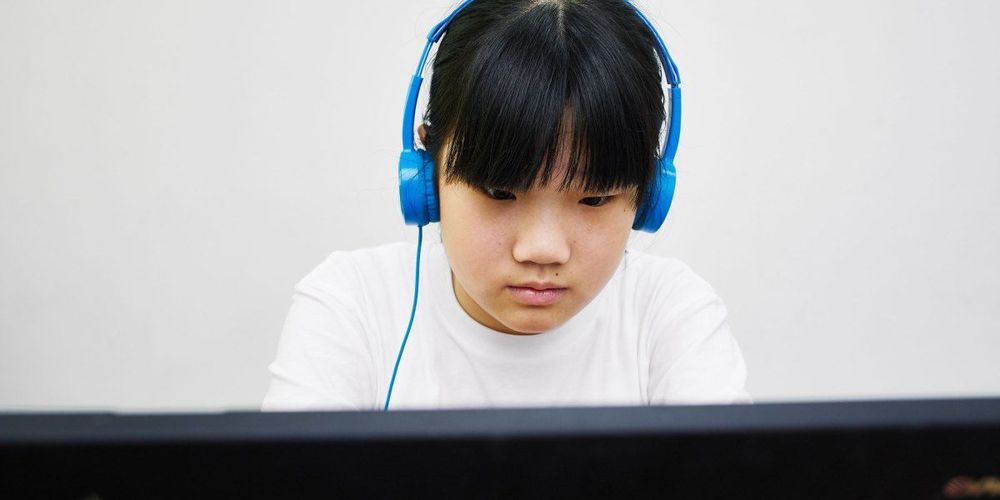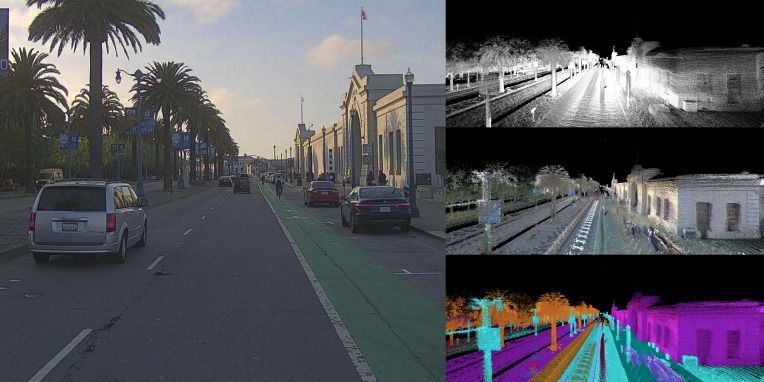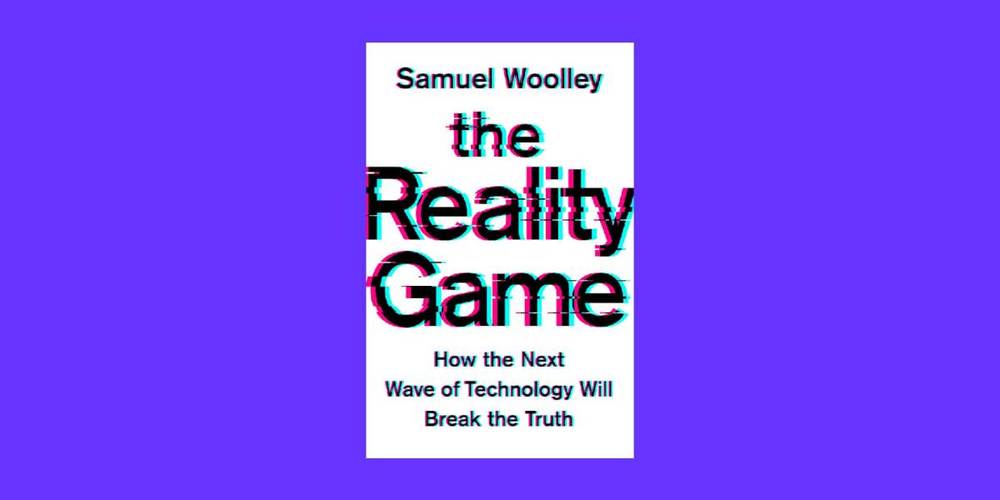But Ben Shneiderman, a University of Maryland computer scientist who has for decades warned against blindly automating tasks with computers, thinks fully automated cars and the tech industry’s vision for a robotic future is misguided. Even dangerous. Robots should collaborate with humans, he believes, rather than replace them.
A computer scientist argues that the quest for fully automated robots is misguided, perhaps even dangerous. His decades of warnings are gaining more attention.
